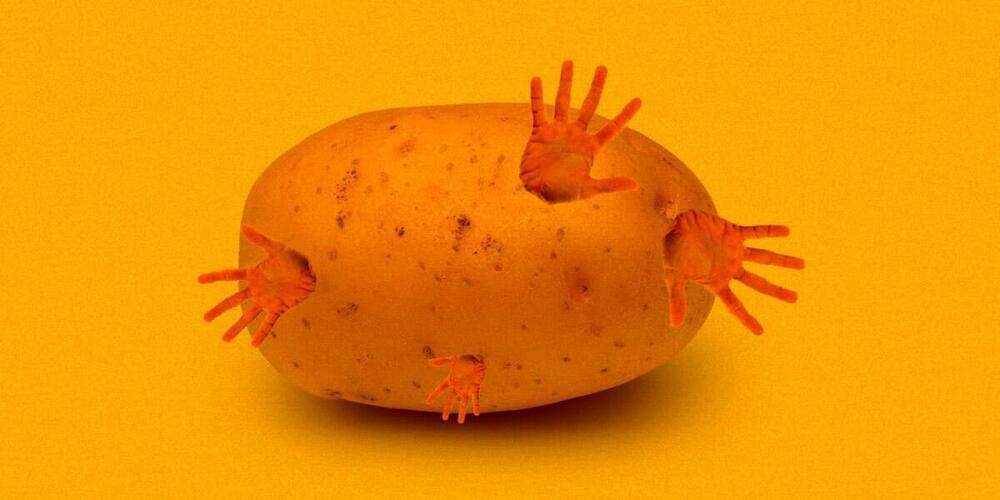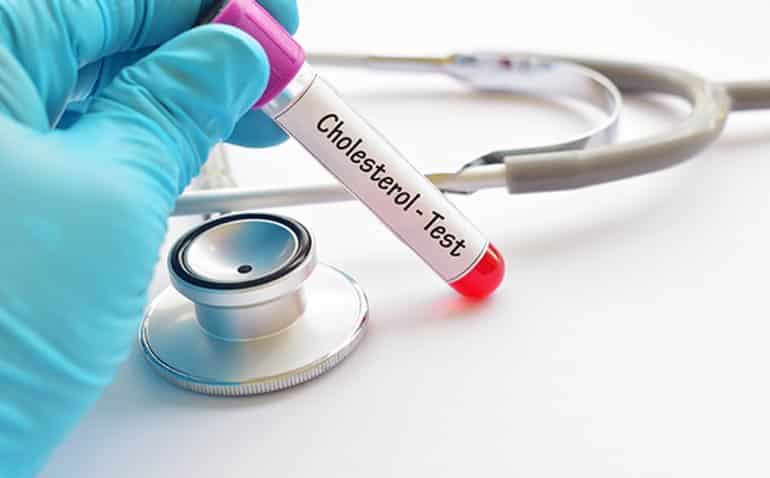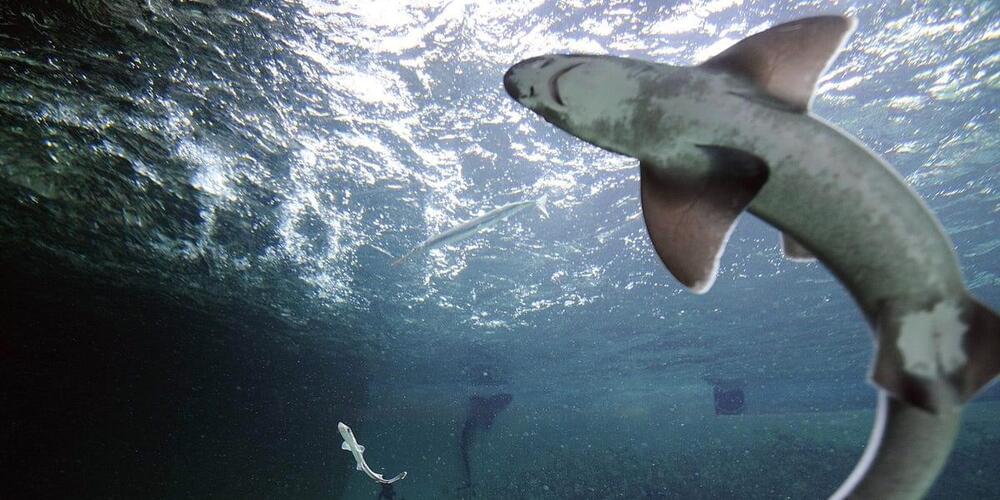Firms that make chips for cars are set to see big benefits if electric car sales continue rise. Here are some of Goldman, UBS and Morgan Stanley’s stock picks.


Drone delivery technology is ready to rock, says Alphabet’s Wing spinoff, ushering in a wild new era in which small deliveries can touch down within minutes of being ordered, traveling across town at highway speeds. The only holdup at this stage is red tape, and in the few places where that’s been cleared away – like the Australian city of Logan, Queensland – drone deliveries are already proving very popular.
Wing says it’s already made a whopping 50,000 deliveries in Logan, where it kicked off activities in2019through its own app and service, flying out coffees, snack packs, BBQ chickens, sushi rolls, hardware items and a range of other small packages on demand. Eleven local business are acting as suppliers at this point.
That volume, says the company, makes Logan the world’s drone delivery capital. Or at least, the world’s legal drone delivery capital, anyway. Operations in Christiansburg, Virginia, as well as Helsinki, Finland and Canberra, Australia, have kicked in a further 50,000 deliveries between them, and Wing says demand for the super-fast delivery service is growing at an impressive rate wherever it’s made available. The company tells us that deliveries grew by 500 percent from2019to 2,020 and that in Q22021it made more deliveries than in all of 2020.

Ultrafast electron microscope in Argonne’s Center for Nanoscale Materials. Credit: Argonne National Laboratory.
Ultrafast electron microscope opens up new avenues for the development of sensors and quantum devices.
Everyone who has ever been to the Grand Canyon can relate to having strong feelings from being close to one of nature’s edges. Similarly, scientists at the U.S. Department of Energy’s (DOE) Argonne National Laboratory have discovered that nanoparticles of gold act unusually when close to the edge of a one-atom.

Recorded Future, an incident-response firm, noted that threat actors have turned to the dark web to offer customized services and tutorials that incorporate visual and audio deepfake technologies designed to bypass and defeat security measures. Just as ransomware evolved into ransomware-as-a-service (RaaS) models, we’re seeing deepfakes do the same. This intel from Recorded Future demonstrates how attackers are taking it one step further than the deepfake-fueled influence operations that the FBI warned about earlier this year. The new goal is to use synthetic audio and video to actually evade security controls. Furthermore, threat actors are using the dark web, as well as many clearnet sources such as forums and messengers, to share tools and best practices for deepfake techniques and technologies for the purpose of compromising organizations.
Deepfake phishing
I’ve spoken with CISOs whose security teams have observed deepfakes being used in phishing attempts or to compromise business email and communication platforms like Slack and Microsoft Teams. Cybercriminals are taking advantage of the move to a distributed workforce to manipulate employees with a well-timed voicemail that mimics the same speaking cadence as their boss, or a Slack message delivering the same information. Phishing campaigns via email or business communication platforms are the perfect delivery mechanism for deepfakes, because organizations and users implicitly trust them and they operate throughout a given environment.


Batteries are widely used in everyday applications like powering electric vehicles, electronic gadgets and are promising candidates for sustainable energy storage. However, as you’ve likely noticed with daily charging of batteries, their functionality drops off over time. Eventually, we need to replace these batteries, which is not only expensive but also depletes the rare earth elements used in making them.
A key factor in battery life reduction is the degradation of a battery’s structural integrity. To discourage structural degradation, a team of researchers from USC Viterbi School of Engineering are hoping to introduce “stretch” into battery materials so they can be cycled repeatedly without structural fatigue. This research was led by Ananya Renuka-Balakrishna, WiSE Gabilan Assistant Professor of Aerospace and Mechanical Engineering, and USC Viterbi Ph.D candidate, Delin Zhang, as well as Brown University researchers from Professor Brian Sheldon’s group. Their work was published in the Journal of Mechanics and Physics of Solids.
A typical battery works through a repetitive cycle of inserting and extracting Li-ions from electrodes, Zhang said. This insertion and extraction expands and compresses the electrode lattices. These volume shifts create microcracks, fractures and defects over time.

A team of scientists found an unusual trick for growing bigger, heartier crops: inserting a human gene related to obesity and fat mass into plants to supersize their harvest.
Augmenting potatoes with the human gene that encodes a fat-regulating protein called FTO, which essentially alters the genetic code to rapidly mass-produce proteins, made otherwise identical potato plants grow crops that were 50 percent larger, Smithsonian Magazine reports. By growing more food without taking up more space for agriculture, the scientists say their work could help fight global hunger — without adding to its climate impact.
“It [was] really a bold and bizarre idea,” University of Chicago chemist Chuan He, coauthor of a paper published in Nature Biotechnology, told Smithsonian. “To be honest, we were probably expecting some catastrophic effects.”


Summary: Lower cholesterol levels may put people with schizophrenia at higher risk for violent behaviors, including self-harm and suicide. Researchers say lower cholesterol levels make brain cells less sensitive to serotonin, increasing symptoms of depression, impulsivity, and aggression.
Source: Brunel University.
Linked to lower risk of heart attacks and strokes, low cholesterol may also be a sign people with schizophrenia are at high risk of self-harm, suicide and violence.

Scientists say a rare shark “virgin birth” may be the first of its kind after a baby shark was born in an all-female tank in an Italian aquarium.
The baby smoothhound shark, named Ispera, which means hope in Sardianian, was born at the Acquario di Cala Gonone in Sardinia, Italy, according to Italian outlet AGI.
Its mother had spent ten years living in a tank with one other female, the outlet said, and scientists suspect the newborn could be the first documented case of shark parthenogenesis in that species.